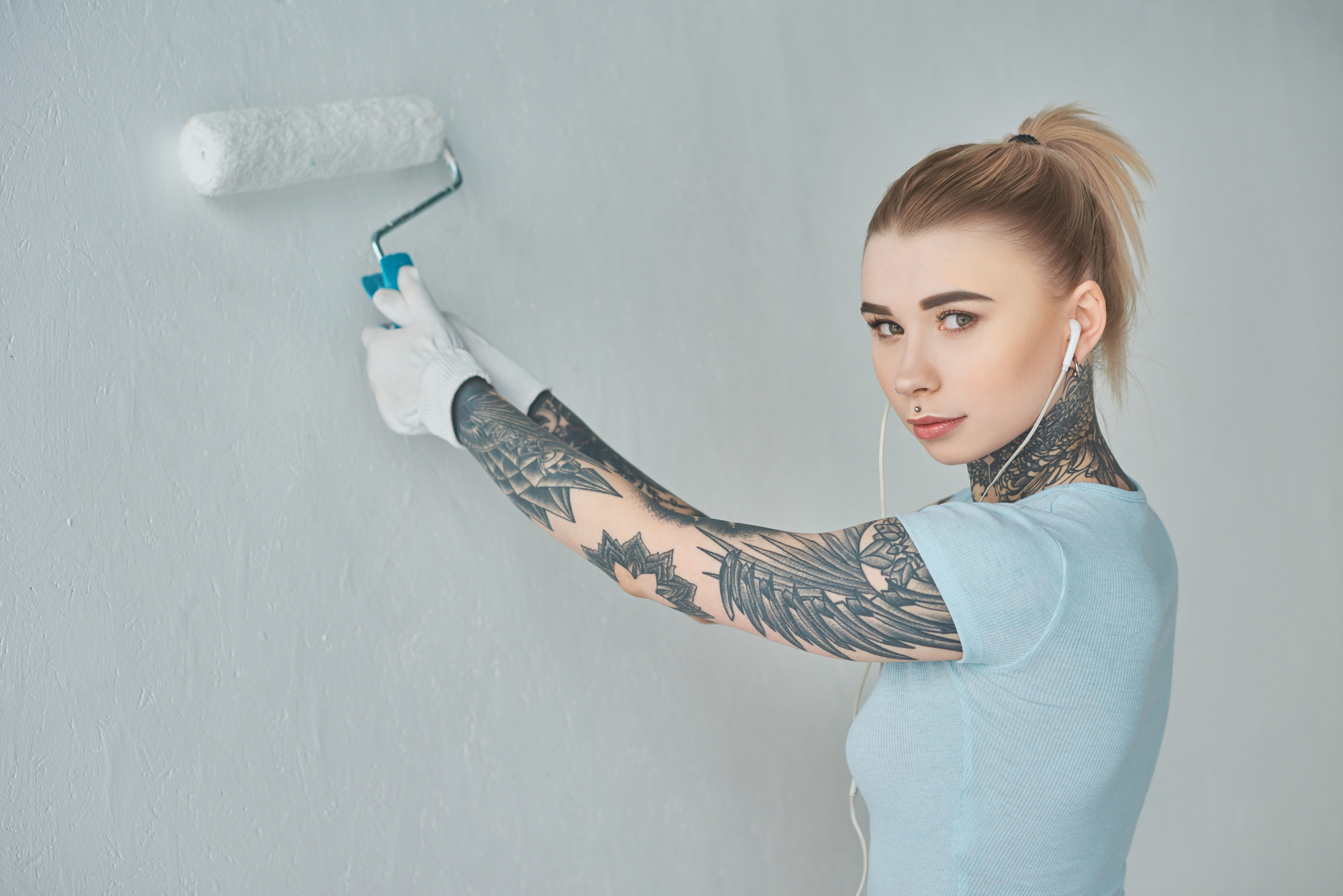Pros and Cons of Using Paint Sprayers
When it comes to choosing equipment for your painting project, you are spoilt for choice. You can go for paint brushes or rollers that come in different sizes and forms to fit your purpose. You may also choose one of the paint sprayers. If the latter should be your option, you can maximize the benefits of using sprayers by being informed about their pros and cons.
The pros
- Vast surface in less time: Unlike the slow strokes of a paintbrush or the cautious wheeling of a roller, paint sprayers don’t require you to keep moving back and forth. They are, thus, faster and allow the painter to cover a large surface in little time.
- Guaranteed smooth finish: Paint sprayers do not leave behind lap marks as may be the case with a paintbrush.
- Precision: The paint puffs ejected by a sprayer can reach any corner of the surface being painted. The painter need not look out for unpainted patches when the bigger job is done.
- One only coat: Since spraying has greater chances of reaching every part of the surface, a single coat suffices to give that fine finish. Nonetheless, a second coating does no harm.
Of course, pros and cons do vary based on model, with some types of paint sprayers being better for certain projects than others. If you have a specific sprayer you think you’d like to buy, we suggest searching for some paint sprayer reviews online to be sure it will fit the job you need it to do.
The cons
- Expensive: Purchasing a paint sprayer digs deeper into your pocket as compared to buying a paintbrush or a roller. Additionally, spray painting consumes more paint than brush or roller painting.
- Wastes paint: Especially if you opt for the compressed air sprayers, considerable volumes of paint may be lost between the applicator and the surface being painted. This means using more paint that would be needed if you opted for brush or roller painting.
- Weather sensitive: when painting the exterior of a house, a windy day may force you to postpone your painting project if you are using a sprayer. Larger amounts of paint may be blown off the targeted surface by wild wind, leading to more wastage.
- Messy: Even with the highly recommended airless paint sprayers, spraying is bound to send fine paint particles into the air and on the surrounding surfaces. In the end, it is easier to scrape the bigger drops from brush or roller painting than it is to clear the fine drops of a sprayer.
- Longer time to stick: Sprayed paint may not stick on a surface as easily as that which is directly applied with a brush or roller. This explains why spray painting is sometimes followed with a roller to ensure good paint adhesion and an even finish.
- Extra work: Spray painting necessary requires you to seal off entire surfaces which you don’t want to paint such as windows when you paint walls. This means extra work and resources. When a brush or roller is used, it is enough to only seal off the trims with masking tape.
Making a Choice
Choose a paint sprayer if the painting project allows you to reap its benefits: less time consumed, a finer finish, and precision in application. Steer clear of spray painting if you are trying to save on cost or don’t want the extra mess by paint sprayers.


0 Comment